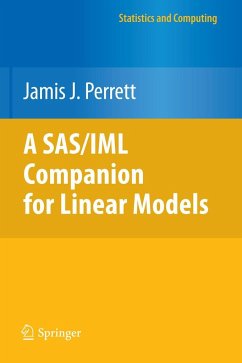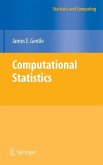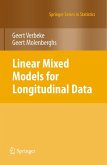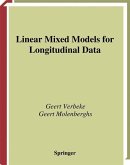Linear models courses are often presented as either theoretical or applied. Consequently, students may find themselves either proving theorems or using high-level procedures like PROC GLM to analyze data. There exists a gap between the derivation of formulas and analyses that hide these formulas behind attractive user interfaces. This book bridges that gap, demonstrating theory put into practice.
Concepts presented in a theoretical linear models course are often trivialized in applied linear models courses by the facility of high-level SAS procedures like PROC MIXED and PROC REG that require the user to provide a few options and statements and in return produce vast amounts of output. This book uses PROC IML to show how analytic linear models formulas can be typed directly into PROC IML, as they were presented in the linear models course, and solved using data. This helps students see the link between theory and application. This also assists researchers in developing new methodologies in the area of linear models.
The book contains complete examples of SAS code for many of the computations relevant to a linear models course. However, the SAS code in these examples automates the analytic formulas. The code for high-level procedures like PROC MIXED is also included for side-by-side comparison. The book computes basic descriptive statistics, matrix algebra, matrix decomposition, likelihood maximization, non-linear optimization, etc. in a format conducive to a linear models or a special topics course.
Also included in the book is an example of a basic analysis of a linear mixed model using restricted maximum likelihood estimation (REML). The example demonstrates tests for fixed effects, estimates of linear functions, and contrasts. The example starts by showing the steps for analyzing the data using PROC IML and then provides the analysis using PROC MIXED. This allows students to follow the process that lead to the output.
Concepts presented in a theoretical linear models course are often trivialized in applied linear models courses by the facility of high-level SAS procedures like PROC MIXED and PROC REG that require the user to provide a few options and statements and in return produce vast amounts of output. This book uses PROC IML to show how analytic linear models formulas can be typed directly into PROC IML, as they were presented in the linear models course, and solved using data. This helps students see the link between theory and application. This also assists researchers in developing new methodologies in the area of linear models.
The book contains complete examples of SAS code for many of the computations relevant to a linear models course. However, the SAS code in these examples automates the analytic formulas. The code for high-level procedures like PROC MIXED is also included for side-by-side comparison. The book computes basic descriptive statistics, matrix algebra, matrix decomposition, likelihood maximization, non-linear optimization, etc. in a format conducive to a linear models or a special topics course.
Also included in the book is an example of a basic analysis of a linear mixed model using restricted maximum likelihood estimation (REML). The example demonstrates tests for fixed effects, estimates of linear functions, and contrasts. The example starts by showing the steps for analyzing the data using PROC IML and then provides the analysis using PROC MIXED. This allows students to follow the process that lead to the output.
From the reviews:
"This book is intended to bridge the gap between the derivation of formulas and analysis that hides these formulas behind soft but attractive user interfaces. ... The book contains examples of SAS code for many of the common computations necessary in a linear models course ... . At the end of each chapter there are exercises that can be assigned to students. My first impression is that this would be a great ... book to use in a linear models course." (William Seaver, Technometrics, Vol. 53 (1), February, 2011)
"The book provides the SAS/IML code for implementing linear model computations based on matrix operations. ... a valuable resource for users who wish to understand all the necessary formulas behind linear models. ... chapter exercises encourage readers to rethink and to reapply the contents of the book, which is quite valuable for learners. ... might be more appropriate for graduate students in statistics ... . The brevity and readabilityof the exposition make the book very attractive." (Junfeng Shang, The American Statistician, May, 2011)
"This book is intended to bridge the gap between the derivation of formulas and analysis that hides these formulas behind soft but attractive user interfaces. ... The book contains examples of SAS code for many of the common computations necessary in a linear models course ... . At the end of each chapter there are exercises that can be assigned to students. My first impression is that this would be a great ... book to use in a linear models course." (William Seaver, Technometrics, Vol. 53 (1), February, 2011)
"The book provides the SAS/IML code for implementing linear model computations based on matrix operations. ... a valuable resource for users who wish to understand all the necessary formulas behind linear models. ... chapter exercises encourage readers to rethink and to reapply the contents of the book, which is quite valuable for learners. ... might be more appropriate for graduate students in statistics ... . The brevity and readabilityof the exposition make the book very attractive." (Junfeng Shang, The American Statistician, May, 2011)








